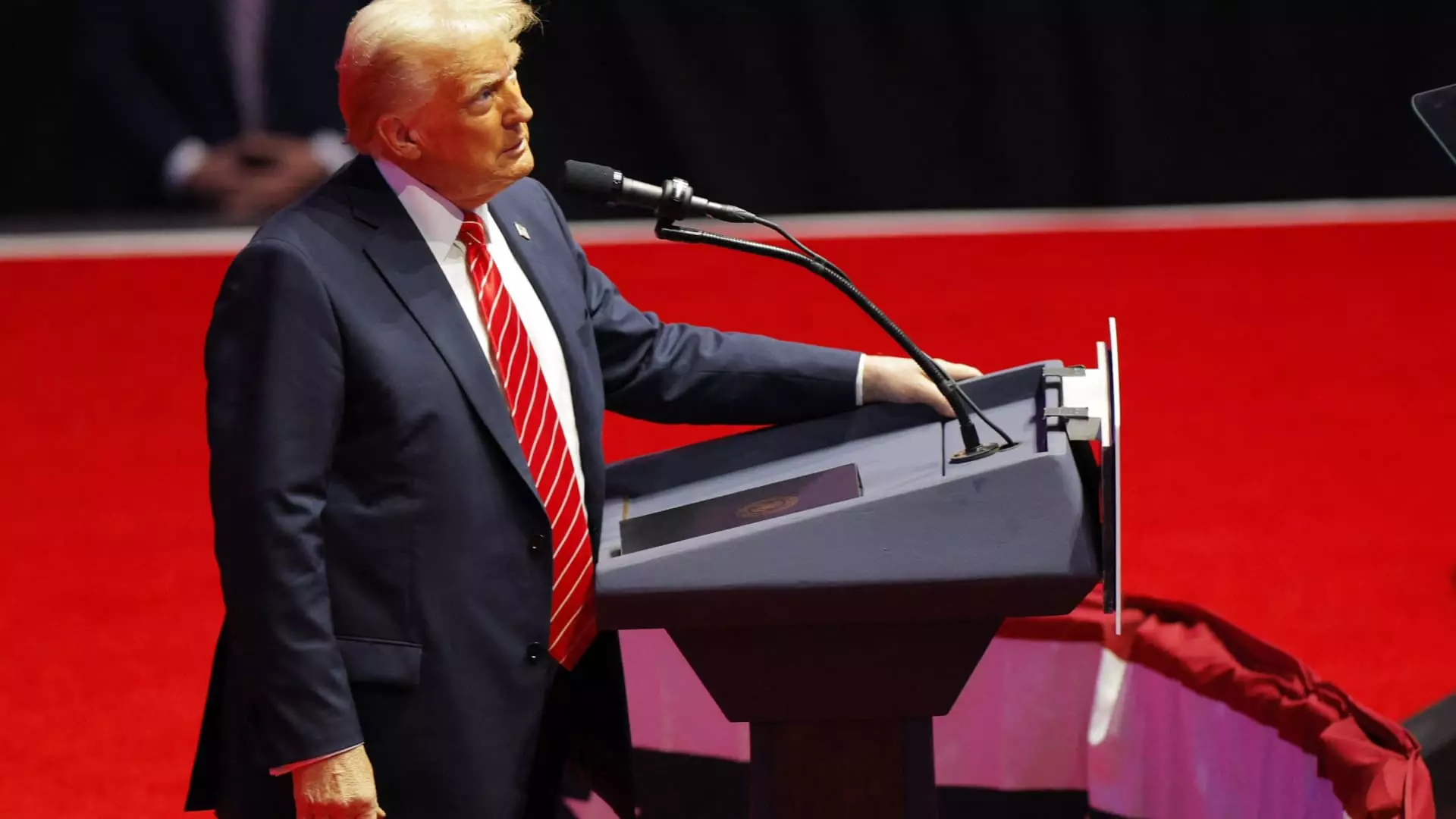As President-elect Donald Trump prepares to take office, his administration is gearing up for significant policy shifts, particularly regarding trade. However, in a surprising move, he will not immediately exercise one of the most anticipated tools in his arsenal – the imposition of tariffs. Instead, Trump’s strategy will kick off with a comprehensive trade memorandum that instructs federal agencies to conduct thorough evaluations of what he identifies as unfair trade practices and questionable currency policies from key trading partners, notably focusing on nations like China, Canada, and Mexico. This initial assessment signals a more measured approach than what many had expected.
During his presidential campaign, Trump made headlines with bold promises surrounding trade, including the possibility of imposing sweeping tariffs as a means to protect American industries. For instance, his proposals included a substantial 20% tariff on imports across the board, with even more severe taxes, up to 60%, on Chinese goods. However, as the inauguration approaches, there appears to be a gradual evolution in his trade policies. The decision to delay the implementation of new tariffs indicates that Trump’s administration might be re-evaluating the immediate repercussions of such drastic measures.
The apprehension regarding Trump’s aggressive trade policy has not diminished among economists. Many experts warn that the imposition of universal tariffs could have unintended consequences. Raising tariffs may lead to increased production costs for businesses, which, in turn, could translate into higher prices for consumers. As the global economy strives to recover from the inflationary pressures exacerbated by the pandemic, any actions that elevate costs could hinder this progress. Such a scenario raises critical questions about the balance between protecting domestic industries and sustaining economic recovery.
Recent reports suggest that Trump’s team has been considering a more nuanced approach, potentially introducing a series of graduated tariffs that would incrementally increase, possibly between 2% to 5% monthly. This strategy, while still protectionist, indicates a departure from the more drastic blanket tariffs proposed during his campaign. It appears that the administration might be seeking to mitigate backlash from both domestic and international stakeholders while asserting its commitment to protecting American jobs.
As the new administration begins its term, the focus on trade remains a pivotal aspect that could significantly influence the U.S. economy and its global relations. By opting for a preliminary period of study and assessment over immediate action, Trump’s approach reflects a growing awareness of the complexities surrounding trade relationships and their broader implications. How this will unfold remains to be seen, but it marks a crucial starting point for what many consider a contentious and impactful aspect of his presidency. As the political landscape evolves, all eyes will be on how these trade policies take shape and what they mean for the average American consumer and the nation’s standing in global markets.

